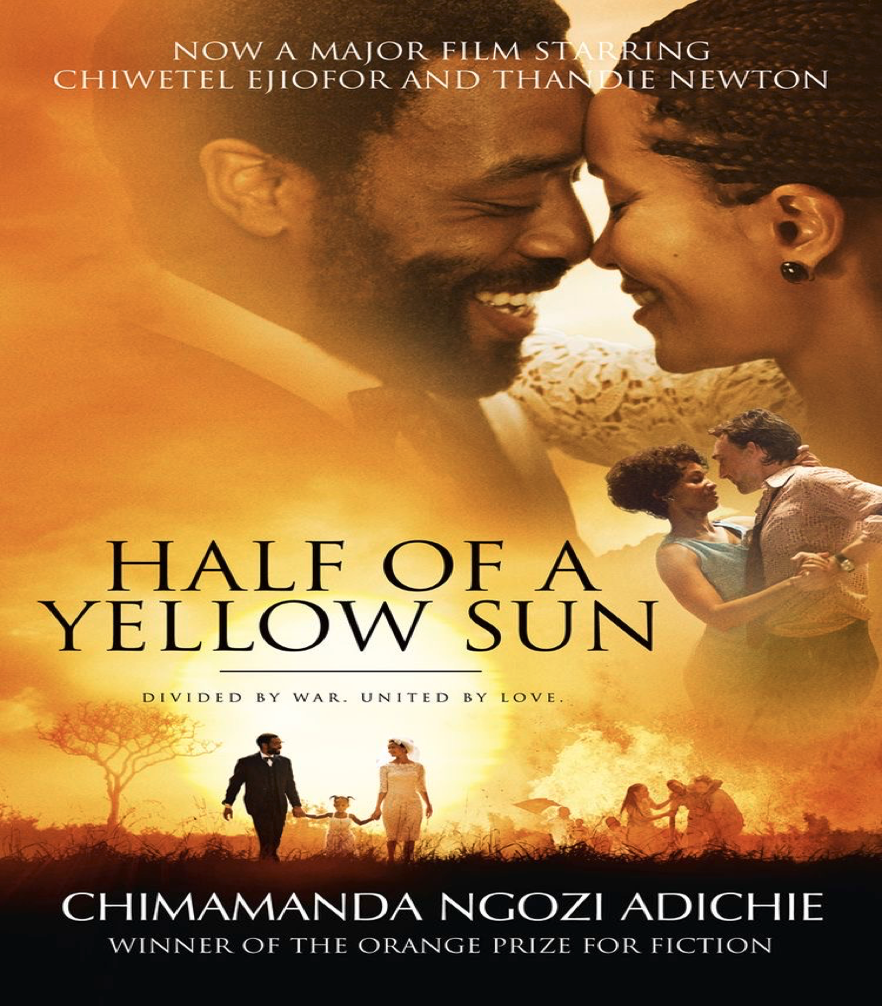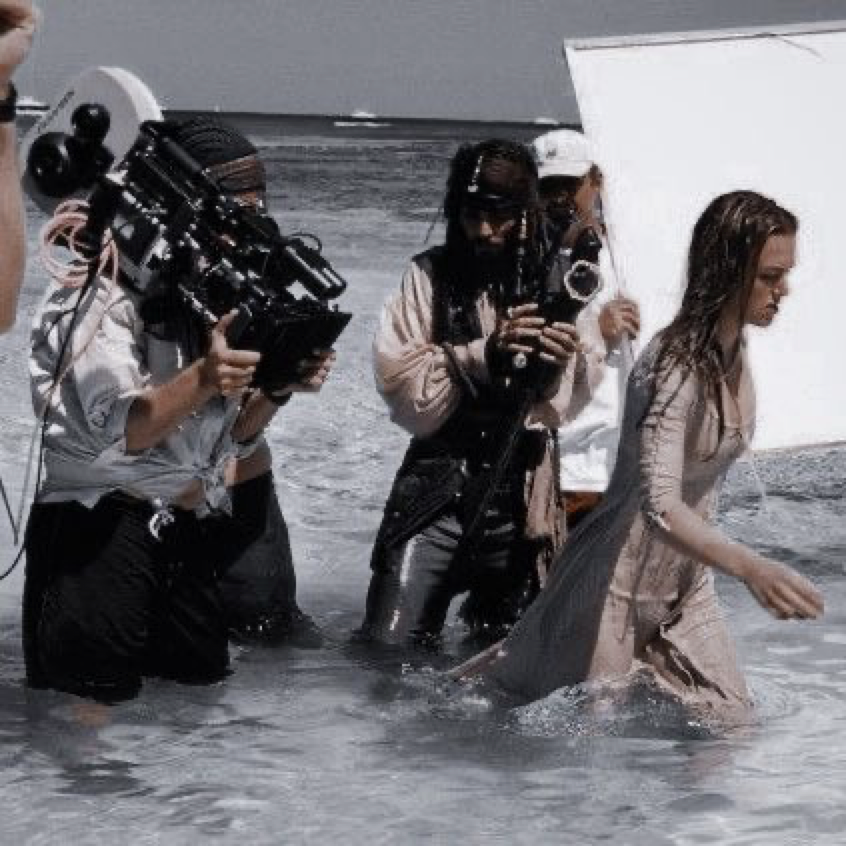In the world of cinema, book adaptations have long occupied a prominent role and been an integral component of artistic expression. An in-depth knowledge of both the written word and the cinematic language is required for the complex process of turning an admired literary masterpiece into a fascinating visual experience. When skilfully carried out, this creative enterprise produces cinematic treasures that capture audiences’ hearts while remaining faithful to the core of the source material.
The ability to capture the spirit and essential elements of the original book is one of the most important characteristics of successful book adaptations. An adaptation is not just a retelling; it involves identifying the unique qualities of the source material and finding a means to capture those qualities on film. Filmmakers need to find a happy medium between being true to the original content and making the required adjustments to fit the cinema medium. The tightrope walk is difficult and calls for both imagination and precision.

Among the growing list of revered novel adaptations, “The Lord of the Rings” trilogy remains preeminent. The films, which were expertly helmed by Peter Jackson, brought J.R.R. Tolkien’s expansive epic fantasy world to life by illuminating the screen with breathtaking visuals and top-notch performances. While skilfully reducing some elements to fit the visual story of the medium, the film adaptations faithfully captured the essential elements of the literary works. These seamless adaptations as a result not only satisfied die-hard fans but also invited a brand-new group of admirers to set out on a captivating journey through the enchanting worlds of Middle earth.
On the other side, there have been cases where book adaptations have suffered backlash owing to significant modifications from the original material. Filmmakers face a tremendous challenges since ardent fans frequently have preconceived assumptions about how their favourite stories should be conveyed. However, adjustments that are made carefully can improve the cinematic experience without taking away from the core of the original plot.

Notable, “Half of a Yellow Sun” is a 2013 Nigerian drama film directed by Biyi Bandele, based on Chimamanda Ngozi Adichie’s novel of the same name. The film takes place in Nigeria in the 1960s, which includes the Biafran War and the Nigerian Civil War.
The film provides an engrossing depiction of the difficulties of love, devotion, and the effects of war. Among the talented actors in the film are Chiwetel Ejiofor, Thandie Newton, Anika Noni Rose, and John Boyega. It’s important to note that the movie encountered some difficulties after it was released because of how it depicted the Biafran War and was initially outlawed in Nigeria. Despite the uproar, the film won praise for its powerful narrative and historical significance
The film “The Shining,” directed by Stanley Kubrick, is a notable example of this. Kubrick’s adaptation of the novel has established itself as a masterpiece in its own right, despite the fact that the novel’s author, Stephen King, voiced displeasure with some aspects of the movie. The film made artistic liberties that deviated from the book, yet it succeeded in producing a unique and disturbing experience that has captivated audiences to this day.

In the area of book adaptations, filmmakers see themselves exploring unfamiliar territory, discovering untapped possibilities within the source material. These literary gems occasionally become multi-season TV series, revealing a broad breadth that allows plenty of room for a comprehensive investigation of the characters and complex storylines. The well-known series “Game of Thrones,” a spellbinding adaptation of George R.R. Martin’s monumental “A Song of Ice and Fire” novels, serves as a prime example of this phenomena. This captivating televised voyage struck a chord with viewers, winning praise from all quarters for its immersive exploration of the rich fabric of literature.
Technology has been a major influence on how books have been adapted in the digital era. Advances in visual effects technology have enabled filmmakers to successfully bring previously unfilmable narratives to life. Technology has created unprecedented opportunities for filmmakers to properly replicate the worlds envisioned by authors, from the quirky animals in “Harry Potter” to the magnificent landscapes of “The Martian.”

Furthermore, book adaptations have proven to be a fruitful area for performers to demonstrate their artistic ability by bringing great literary characters to life. Indelible performances by Gregory Peck as Atticus Finch in “To Kill a Mockingbird” and Anthony Hopkins as Hannibal Lecter in “The Silence of the Lambs” have left their marks on cinematic history.
The complex artistry of turning literary classics into cinematic masterpieces is an alluring endeavour; it requires striking a fine balance between adherence to the original material and clever alterations to produce a spellbinding cinematic experience. When skilfully done, these adaptations have the power to take viewers to their favourite places while leaving a lasting impression on the history of film. The constantly developing film business promises a tapestry of captivating adaptations that lovingly embrace the timeless allure of literature on the silver screen as it advances.
Sources
- https://en.m.wikipedia.org/wiki/Half_of_a_Yellow_Sun_(film)
- https://the-artifice.com/adaptation-book-film/
- http://writingstudio.co.za/the-art-of-adaptation/
- https://en.m.wikipedia.org/wiki/Adaptation_(arts)
- https://www.theatlantic.com/entertainment/archive/2010/10/the-art-of-book-to-film-adaptations/65243/




